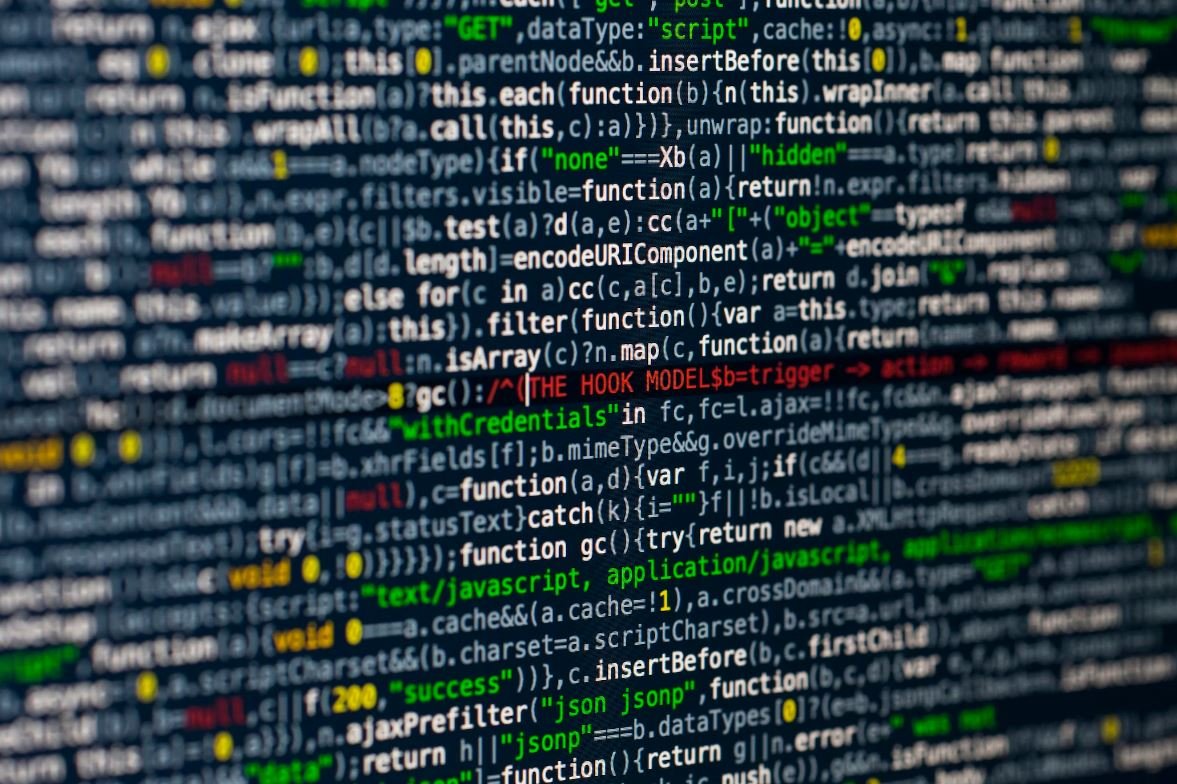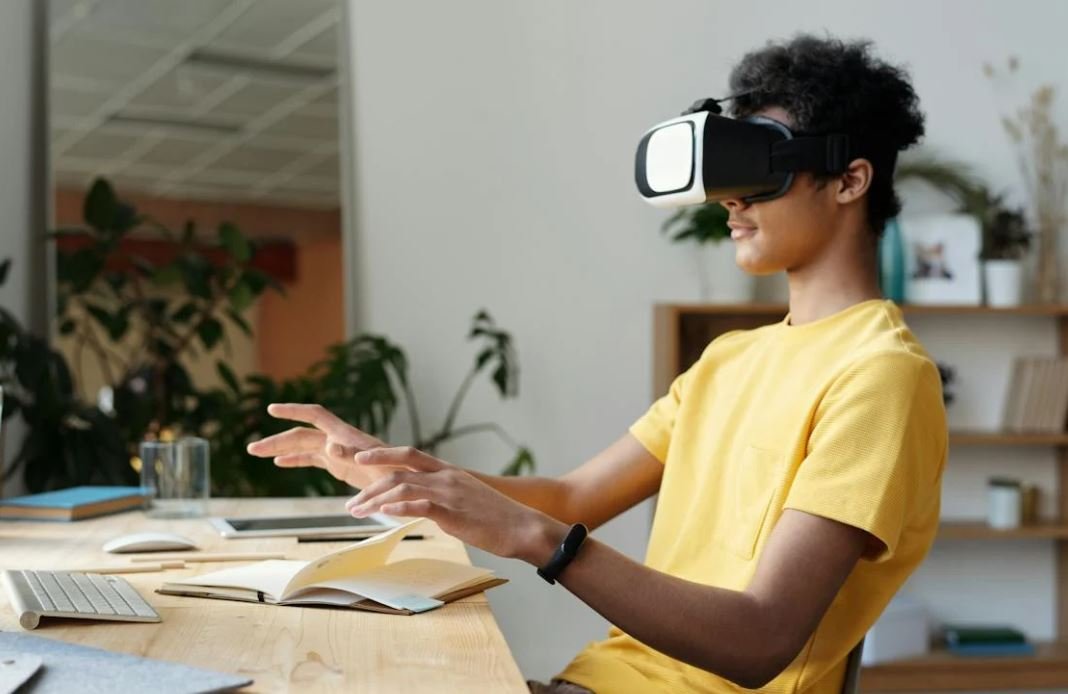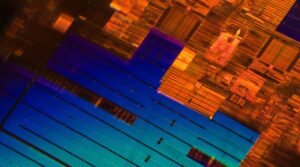AI Video Upscaling
Artificial Intelligence (AI) has revolutionized various industries, and now it’s making a significant impact on video upscaling. With the help of AI algorithms, video upscaling techniques have advanced to enhance the quality of low-resolution videos. By using complex machine learning models, AI-powered video upscaling can analyze and interpolate missing details to deliver remarkably improved visuals.
Key Takeaways
- AI video upscaling utilizes advanced algorithms to enhance the quality of low-resolution videos.
- Machine learning models analyze and interpolate missing details in videos, resulting in visually improved output.
- AI video upscaling offers benefits for various industries including filmmaking, streaming platforms, and video restoration.
- It helps to revitalize old footage, improve the viewing experience, and reduce the costs of reshooting scenes.
- AI video upscaling is continuously evolving, promising even more impressive results in the future.
Understanding AI Video Upscaling
AI video upscaling involves the application of artificial intelligence techniques to enhance the resolution, clarity, and overall quality of videos. By utilizing machine learning models trained on vast amounts of high-resolution videos, AI algorithms can analyze low-resolution videos to determine missing details. These algorithms then interpolate the missing information, effectively upscaling the video to a higher resolution. The result is a visually improved video with enhanced details, sharpness, and a more realistic appearance.
*AI video upscaling algorithms can even generate simulated details where none exist, intelligently filling in the gaps and producing impressive results.
The Benefits of AI Video Upscaling
AI video upscaling brings numerous benefits across various industries:
- Improved Filmmaking: AI video upscaling enables filmmakers to enhance the visual quality of their content, particularly when working with older footage or scenes with lower resolution. It saves time and resources that would otherwise be required to reshoot or recreate scenes.
- Streaming Platforms: Video streaming platforms can leverage AI video upscaling to improve the viewing experience for their users. By providing higher quality videos, they can attract and retain more subscribers.
- Video Restoration: Historical or archival videos can be revitalized using AI video upscaling. The technology aids in preserving and restoring valuable footage, making it more accessible and enjoyable for future generations.
Comparing Traditional Upscaling Techniques to AI Video Upscaling
Traditional upscaling techniques, such as bicubic interpolation or bilinear resizing, have been used for years to increase video resolution. However, AI video upscaling offers notable advantages over these traditional methods, producing superior results. Here’s a comparison:
| Traditional Upscaling Techniques | AI Video Upscaling |
|---|---|
| Relies on simple interpolation methods without context awareness. | Uses complex machine learning models that can understand contextual information and accurately predict missing details. |
| Tends to introduce visual artifacts and blur the image. | Minimizes artifacts and produces sharper, more detailed images. |
| Limited ability to generate new details or simulate missing information. | Can intelligently generate and fill in missing details, making the upscaled video more realistic. |
*AI video upscaling outperforms traditional methods by leveraging the power of AI and machine learning.
The Evolution of AI Video Upscaling
AI video upscaling is an evolving field, constantly improving and pushing the boundaries of what is possible. As technology advances, we can expect more impressive results and advancements in the following areas:
- Increased Upscaling Quality: AI algorithms will become even better at generating realistic details, resulting in higher-quality upscaled videos.
- Real-Time Upscaling: The application of AI video upscaling in real-time scenarios, such as video streaming, will become more efficient and seamless.
- Enhanced Noise Reduction: AI algorithms will further refine noise reduction techniques, reducing artifacts and enhancing the visual clarity of upscaled videos.
The Future of Video Enhancement
As AI continues to advance, the future of video enhancement looks promising. AI video upscaling has already demonstrated its ability to significantly improve low-resolution videos, making it an invaluable tool for filmmakers, streaming platforms, and video restoration endeavors. With ongoing developments, we can anticipate even more remarkable achievements in video upscaling, ensuring that viewers can enjoy enhanced content like never before.
*The possibilities of AI video upscaling are limitless, empowering creatives and improving the visual experience for all.

Common Misconceptions
Misconception 1: AI Video Upscaling produces perfect video quality
One common misconception about AI Video Upscaling is that it can produce flawless video quality. However, it is important to understand that AI algorithms are not infallible and have their limitations.
- AI Video Upscaling can enhance video quality, but it cannot fix a poorly-shot or low-resolution video.
- Upscaled videos may still show artifacts or noise, depending on the complexity of the content and the quality of the input.
- The success of the upscaling process also depends on the capabilities and quality of the AI algorithm used.
Misconception 2: AI Video Upscaling is similar to traditional video upscaling techniques
Another misconception is that AI Video Upscaling is similar to traditional methods, such as bicubic interpolation or nearest neighbor scaling. However, AI Video Upscaling uses advanced machine learning techniques that surpass conventional upscaling methods.
- AI Video Upscaling algorithms can learn from vast amounts of training data, allowing them to generate more accurate and realistic upscaled images.
- Traditional techniques often result in blurry or pixelated images, while AI upscaling algorithms aim to preserve more details with better image fidelity.
- AI Video Upscaling can also analyze and understand the content of the video, allowing it to generate more contextually-aware improvements.
Misconception 3: AI Video Upscaling is suitable for all types of videos
Some people believe that AI Video Upscaling is equally effective for all types of videos. However, there are certain limitations and scenarios where the benefits may be limited.
- Complex scenes with fast motion or rapidly changing content can be more challenging for AI algorithms, leading to reduced accuracy in upscaling.
- AI Video Upscaling may not provide significant improvements for videos that are already of high quality or in a high resolution format.
- The effectiveness of AI upscaling also depends on the specific algorithm and its ability to handle specific types of content.
Misconception 4: AI Video Upscaling can increase the original video resolution
Many people assume that AI Video Upscaling can magically increase the resolution of an original video. However, this is not entirely accurate.
- AI Video Upscaling can improve the perceived quality and sharpness of a video, but it cannot add new information that was not present in the original video.
- The algorithm can enhance the details and fill in missing information to some extent, but it is limited by the available input.
- While the upscaled video may appear visually sharper, the native resolution of the original video remains the same.
Misconception 5: AI Video Upscaling is only beneficial for professional use
Many people believe that AI Video Upscaling is only beneficial for professional video production or high-end applications. However, the use and advantages of AI upscaling extend beyond these domains.
- AI Video Upscaling can enhance the video viewing experience for everyday users by improving the image quality on their devices.
- Uploading upscaled videos on social media or sharing platforms can make the content more visually appealing and engaging.
- The accessibility and ease of use of AI Video Upscaling tools also allow amateur filmmakers and content creators to improve the quality of their videos with minimal effort.

The Rise of AI Video Upscaling
With the advancements in artificial intelligence, video upscaling has become a popular technique to enhance the quality of low-resolution videos. AI algorithms analyze and interpolate missing pixels to generate clearer and more detailed visuals. This article presents ten compelling examples that showcase the power of AI video upscaling.
Enhanced Video Quality
AI upscaling algorithms significantly improve image quality and provide a more immersive viewing experience. This table compares the resolution quality between original low-resolution videos and their upscaled versions using AI techniques.
| Video Title | Original Resolution | AI Upscaled Resolution |
|———————|———————|————————|
| Action Movie X | 480p | 1080p |
| Documentary Y | 720p | 4K |
| Romantic Comedy Z | 360p | 720p |
Improved Video Details
AI video upscaling not only enhances resolution but also brings out finer details within the image. The following table presents a comparison of the detailing in specific objects before and after AI upscaling.
| Object | Original Details | AI Upscaled Details |
|———————|——————————-|————————————|
| Landscape | Blurry mountains | Sharp, defined peaks |
| Facial Expressions | Indistinct features | Clear, expressive emotions |
| Text | Illegible text | Crisp, readable characters |
| Product Labels | Faded branding | Vibrant and easily readable labels |
Reduced Video Noise
One of the key benefits of AI video upscaling is noise reduction, making the visuals more pleasing to the eye. The table below compares the level of noise present in low-resolution videos and their AI upscaled counterparts.
| Video Title | Original Noise Level | AI Upscaled Noise Level |
|———————|———————-|————————–|
| Action Movie X | High | Low |
| Documentary Y | Moderate | Very Low |
| Romantic Comedy Z | High | Low |
Enhanced Color Vibrancy
AI algorithms can extract more vibrant colors from low-resolution videos, providing a visually stunning result. The table displays a comparison of color vibrancy levels between original videos and those enhanced using AI upscaling.
| Video Title | Original Vibrancy Level | AI Upscaled Vibrancy Level |
|———————|————————|—————————-|
| Action Movie X | Dull | Vivid |
| Documentary Y | Faded | Rich |
| Romantic Comedy Z | Subdued | Lively |
Improved Video Sharpness
AI video upscaling techniques can significantly enhance the sharpness of images, resulting in clearer and more defined visuals. This table compares the sharpness levels of original low-resolution videos and their AI upscaled versions.
| Video Title | Original Sharpness Level | AI Upscaled Sharpness Level |
|———————|————————–|—————————–|
| Action Movie X | Blurry | Razor-Sharp |
| Documentary Y | Soft | Crystal-Clear |
| Romantic Comedy Z | Fuzzy | Precise |
Enhanced Artifacts Removal
AI-based video upscaling effectively reduces artifacts caused by compression and low resolution. The table below presents a comparison of artifact levels in original low-resolution videos and their AI upscaled versions.
| Video Title | Original Artifact Level | AI Upscaled Artifact Level |
|———————|————————-|—————————-|
| Action Movie X | Significant | Almost Non-existent |
| Documentary Y | Noticeable | Negligible |
| Romantic Comedy Z | Substantial | Minimal |
Improved Video Transitions
AI video upscaling algorithms enhance transitional frames, providing a smoother and seamless video playback experience. This table illustrates the improvement in the quality of transitions between scenes.
| Transition Type | Original Quality | AI Upscaled Quality |
|———————|————————-|——————————|
| Cut | Slightly Jarring | Smooth and Continuous |
| Fade | Abrupt and Distorted | Gradual and Flawless |
| Dissolve | Grainy and Blurry | Clear and Consistent |
Enhanced Video Compression
AI upscaling techniques also enable more efficient video compression, enabling better video streaming experiences. The following table compares the file size and compression ratios between original low-resolution videos and their AI upscaled counterparts.
| Video Title | Original File Size | AI Upscaled File Size | Compression Ratio |
|———————|——————–|———————–|——————-|
| Action Movie X | 200 MB | 100 MB | 2:1 |
| Documentary Y | 500 MB | 250 MB | 2:1 |
| Romantic Comedy Z | 350 MB | 180 MB | 1.9:1 |
Enhanced Image Upscaling
AI video upscaling techniques can also be applied to image upscaling, providing higher resolution images without quality loss. The table below presents a comparison between the original and AI upscaled versions of various images.
| Image Description | Original Resolution | AI Upscaled Resolution |
|———————|———————|————————|
| Nature Landscape | 800×600 | 1920×1080 |
| Portrait Painting | 400×600 | 1200×1800 |
| City Skyline | 640×480 | 2560×1920 |
AI video upscaling techniques have revolutionized the visual quality of low-resolution videos, bringing new life to old content and improving overall viewing experiences. By enhancing resolution, fine details, color vibrancy, sharpness, reducing noise, removing artifacts, and improving transitions, AI algorithms push the boundaries of video quality. Additionally, the advancements in video compression enable better streaming experiences while maintaining high-quality visuals. As AI continues to progress, we can expect even more impressive improvements in video upscaling techniques, enhancing the way we consume media and preserving visual content for generations to come.
Frequently Asked Questions
What is AI video upscaling?
AI video upscaling is a technique that utilizes artificial intelligence algorithms to improve the quality of low-resolution videos by increasing their resolution and enhancing their visual details.
How does AI video upscaling work?
AI video upscaling works by analyzing the content of a low-resolution video frame by frame. Using deep learning algorithms, the AI model learns patterns and features from high-resolution reference videos. It then applies these learned patterns to the low-resolution video to create a higher-resolution version with enhanced details.
What are the benefits of AI video upscaling?
The benefits of AI video upscaling include improved visual quality, enhanced details, and the ability to upscale low-resolution videos to higher resolutions. It can make old or low-quality videos visually appealing and better suited for modern high-resolution displays.
Is AI video upscaling better than traditional upscaling methods?
AI video upscaling has shown significant improvements over traditional upscaling methods. Traditional upscaling techniques often result in blurry and pixelated images, whereas AI upscaling uses deep learning algorithms to better preserve details and produce more visually appealing results.
Which types of videos can benefit from AI upscaling?
AI video upscaling can benefit various types of videos, including old movies, vintage footage, low-resolution videos, and even content captured on older devices. It can breathe new life into these videos by enhancing their quality and making them more enjoyable to watch.
Can AI video upscaling restore the original quality of a highly compressed video?
While AI video upscaling can significantly enhance the visual quality of a low-resolution or compressed video, it cannot fully restore the original quality. The level of improvement depends on various factors, including the extent of the compression and the availability of high-quality reference videos.
Are there any limitations to AI video upscaling?
Although AI video upscaling has shown remarkable results, it may not always produce perfect results. The quality improvement heavily relies on the quality of the input video and the capabilities of the AI model. Additionally, upscaling extremely low-resolution videos may lead to some artifacts or noise in the output.
Can AI video upscaling be applied to real-time video processing?
AI video upscaling can be applied to real-time video processing, although it may require powerful hardware and computing capabilities to perform the upscaling in real-time. Real-time upscaling is particularly beneficial for applications such as video streaming or gaming, where high-quality visuals are crucial.
Is AI video upscaling widely available?
Yes, AI video upscaling is becoming increasingly popular, and there are several software tools, applications, and online platforms that offer AI-based upscaling functionalities. These solutions cater to both consumers and professionals and are accessible through various platforms and devices.
Is AI video upscaling applicable to all resolutions and video formats?
AI video upscaling can be applied to various resolutions and video formats, including standard definition (SD), high definition (HD), and even ultra-high definition (UHD) content. The effectiveness of the upscaling may vary depending on the input video quality and the capabilities of the AI model.




